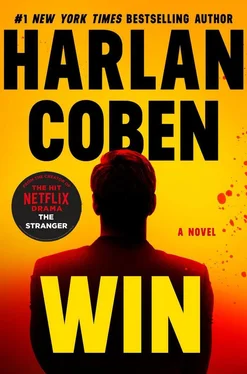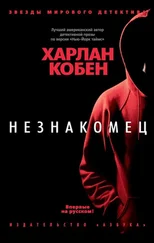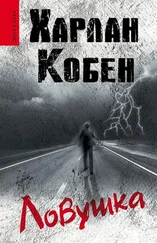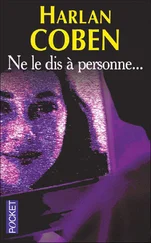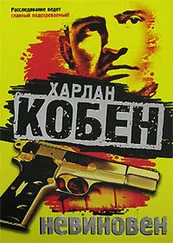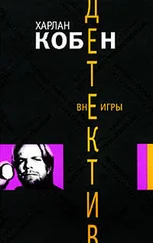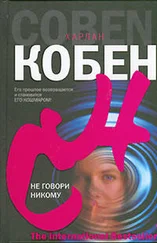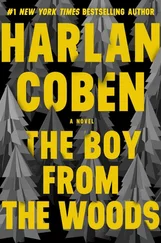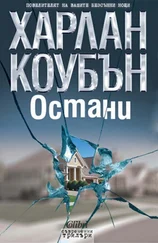It’s dark now, the park so hushed I can hear the echo of my footsteps on the pavement. Times may be better, but most people still don’t stroll through Central Park at night. I recall my rather violent youth when I would “night tour” the most dangerous areas of the city. As I mentioned earlier, I no longer trawl for trouble in the so-called mean streets, craving to right some vague wrong whilst satisfying certain of my own cravings. I’m more careful with where I wreak havoc now — albeit, as I now see with Teddy “Big T” Lyons, my targeting skills are far from perfect.
I confess I’m not good about considering long-term repercussions.
I cross the Imagine mosaic, and up ahead I can start making out the gables of the Dakota. I am thinking about too many things at once — the Jane Street Six, the Vermeer, the Hut of Horrors, Patricia, Jessica — when my phone buzzes.
It’s PT again.
I answer with “Articulate.”
“I got what I could on Strauss’s shell company. First off, it’s called Armitage LLC.”
Good name, I think. Tells you nothing. That’s Rule Number One in setting up an anonymous shell — have a name that has nothing to do with you.
“What else?”
“It was filed in Delaware.”
Again no surprise. If you want anonymity, there are three states you use — Nevada, Wyoming, or Delaware. Since Philadelphia is very close to Delaware, the Lockwoods have always gone that route.
“It’s also not a single shell,” PT says.
Yet again no surprise.
“Seems to be part of a network. You probably understand this better than I do, but LLC X owns LLC Y which owns LLC Z which owns Armitage LLC. So it’s very difficult to trace back. The checks come out of someplace called Community Star Bank.”
When I hear the name of the bank, I slow my pace. My grip on the phone tightens.
“Who set up the Armitage LLC?”
“It has no name. You know that.”
“I mean, what attorney?”
“Hold on.” I can hear him shuffle papers. “No specific lawyer, just a firm. Duncan and Associates.”
I freeze.
“Win?”
Duncan and Associates, I know, is just one man.
Nigel Duncan. Butler, trusted friend, bar-admitted attorney with but one client.
In short, the shell company paying Ry Strauss’s bill was set up by one of my family members.
I am about to ask PT exactly when the shell company was formed when something hard, like a tire iron, crashes into the side of my skull.
The rest happens in two or maybe three seconds.
I stagger, woozy from the blow, but I stay upright.
I hear PT’s tinny voice from my phone say, “Win?”
The tire iron lands with a loud splat on the other side of my skull.
The blow jars my brain. My phone drops to the pavement. The side of my scalp splits open. Blood trickles down my ear.
I do not see stars — I see angry bolts of light.
A thick arm snakes around my neck. I am ready to make the automatic move — head butt to the nose of the man behind me — but a second man, this one with a ski mask, points a gun in my face.
“Don’t fucking move.”
He stands just far enough away so that even if I had all my faculties, a move to disarm him would be precarious. Still, I would have gone for it had it not been for the blows to the skull. There are two strategies when a gun is pointed at you. One — the more obvious strategy — is surrender. Give them what they want. Don’t resist in any way. This is an excellent strategy if the purpose of the gun is, for example, to rob you. To take your wallet or your watch and abscond into the night. Option Two, the one I normally prefer, is to strike fast. Train yourself to skip over the part where you are shocked into paralysis and attack immediately. It is unexpected. The gun bearer often expects you to obey and act cautiously when you first see the gun — ergo, by moving without hesitation, you can catch them unawares.
Option Two obviously has its risks, but if you suspect the gun bearer means you great harm, as I do here, it’s my preferred choice out of a host of bad solutions.
But for Option Two to be effective, you need to be in full command of your skillset. I am not. My equilibrium is off. My feet are unsteady. Something dark is closing in on me — if I don’t fight it, I may black out entirely.
Instead I choose not to move. To use another sports metaphor, I take the standing eight count and hope that my head will clear.
The man with his arm around my neck is big. He pulls me tight against his chest as I hear a vehicle screeching to a halt. I am lifted in the air. I still don’t resist and within seconds I am tossed in the back of what I assume is a van. I land hard. My two abductors, both wearing ski masks, jump in behind me. I hear the tires screech. The van is moving before the side door is fully slammed shut.
One chance.
Before my abductors can react, I summon whatever I have in reserve and roll toward the partially-open-and-closing-fast sliding door. My faint hope now is to fall out of the gathering-speed van. No, this isn’t a great option, but it is the best one currently available. I will protect my skull with my arms and let the rest of my body take the brunt. If I’m lucky, I will end up with a broken bone or three.
Small price to pay.
My head and shoulders are out of the van now. I can feel the wind whipping at my eyes, making them water. I close them and tuck my chin and brace for the impact of my body on New York City street asphalt.
But that doesn’t happen.
A strong hand grabs me by my collar and flings me. My body goes airborne like a rag doll. I hear the van door slide shut at the exact moment my back slams against the far side of the van. The whiplash effect drives my skull into the metal side.
Another blow to the head.
I crumble to the cold floor of the van, facedown.
Someone leaps on top of me, straddling my back. I consider a move — quick spin, elbow strike — but I’m not sure I can pull it off.
Another factor: The gun is back in my face.
“Resist and I’ll kill you.”
Through my murky haze, I can make out the back of the driver’s head. The two abductors — one straddling my back, the other pointing a gun at me — still wear their ski masks. I cling to this as a good sign. If they meant to kill me, there would be no reason to disguise their identity.
The man on top of me starts a body search. I don’t move, hoping to use the time to get my bearings. The pain I can handle. The dizziness — I am undoubtedly concussed — is another matter.
He finds my Wilson Combat 1911 in the holster, pulls it out, empties it so that even if I could somehow get it back, it would be useless.
The other man, the one with the gun, says, “Check his lower legs.”
He does so. It takes some time, but he finds my small gun, the Sig P365, in an ankle holster. He pulls it into my blurry view and again empties out the ammunition. Still on top of me, he leans down near my face, the wool of his mask against my cheek, and whispers harshly, “Anything else?”
A move I could make if my head was clear: Bite him. He is that close. I could bite him through that flimsy mask, rip off a part of his cheek, turn my body, throw him toward the gunman so as to block what might be an incoming bullet.
“Don’t think about it,” the gunman says.
He says this matter-of-factly, shifting toward the side in order to prevent the sort of attack that has crossed my mind.
Conclusion: The gunman, the one doing the talking, is good. Trained. Paramilitary perhaps. He stays far enough back, so that even if I was a hundred percent — right now I would guesstimate that I’m at best forty to fifty percent — I wouldn’t have a chance.
The man on top of me is larger — bulkier, more muscled — but the bigger threat, I realize, is the trained man with the gun.
Читать дальше
